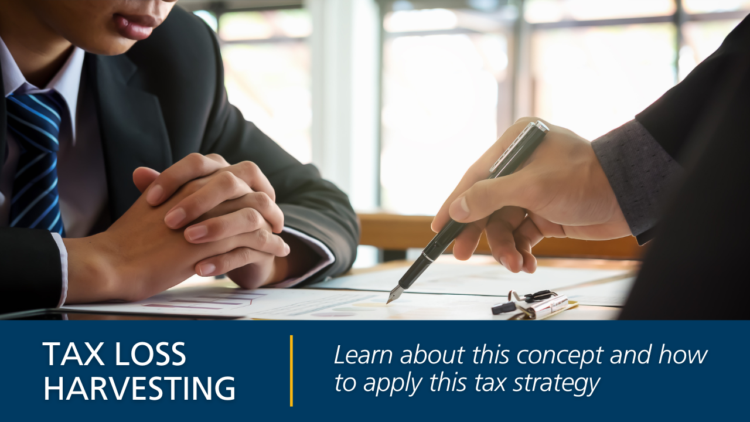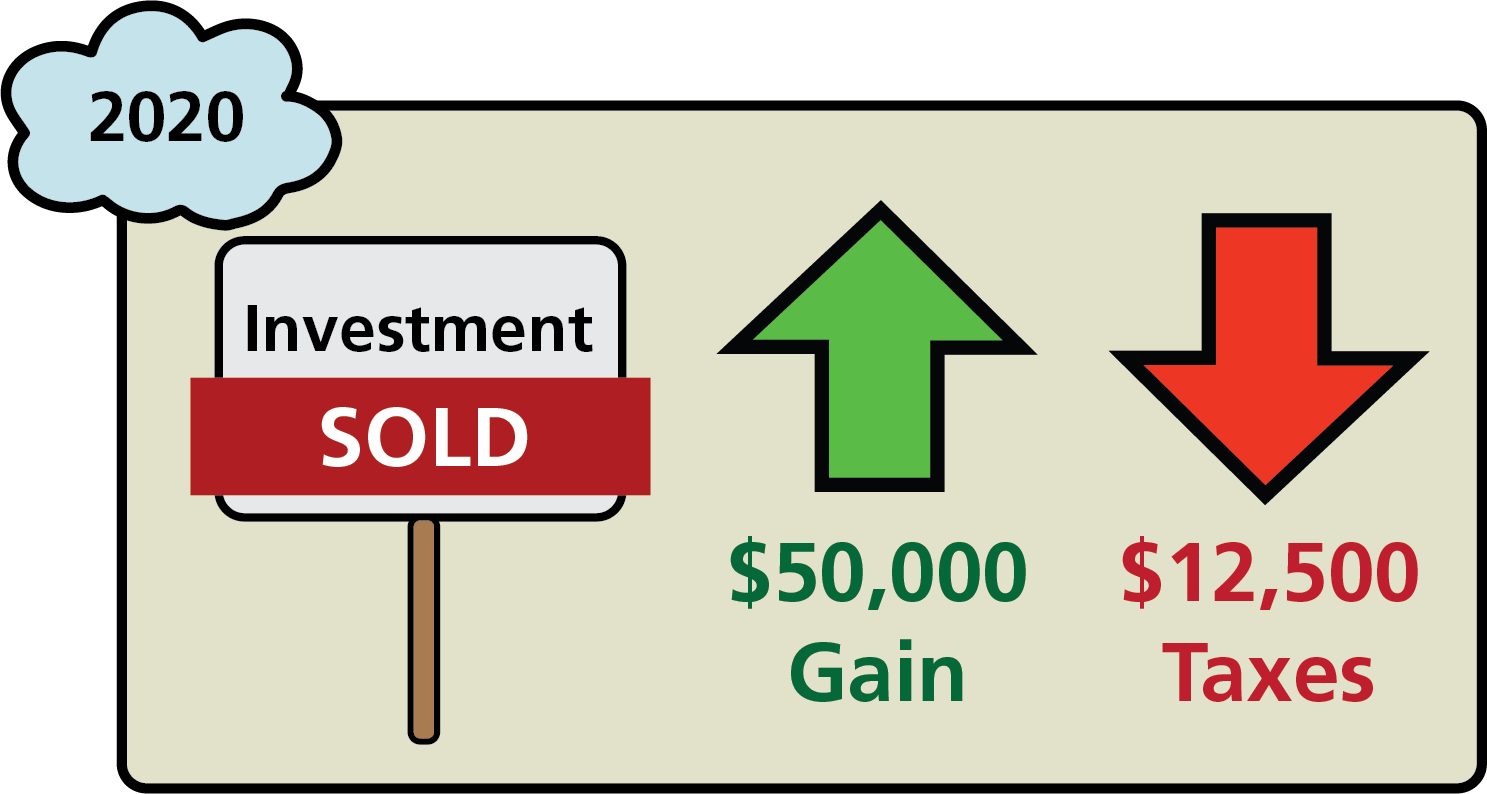
What is tax Loss Harvesting?
Tax loss harvesting is a Canadian tax strategy that allows investors to sell investments to trigger capital losses and apply those losses against capital gains from current or the previous three years. This allows investors to recover taxes paid previously on capital gains.

How does it work?
In 2020, an investor sold an investment (stock, real estate or business, etc.) for a gain of $50,000. Assuming they are in a 50% tax bracket, the capital gain was taxed at 25% that year and the investor paid tax of $12,500. If that gain is left untouched for 3 years, that money is no longer in his pocket but is permanently in the hands of Canada Revenue Agency.
In 2022, that same investor has a portfolio with $200,000 invested in stocks. This year has been marked with largely negative returns in the markets as we recover from COVID. Therefore their portfolio has declined in value by 20% and now holds stocks that have lost on paper, $40,000.
The investor can now sell those stocks to trigger capital losses. If $40,000 of losses were triggered, the investor can report those losses on his 2022 income tax return, and he will receive a refund of $10,000.

If the loss that is triggered is greater than $50,000, the tax paid will be totally recovered and the excess can be carried forward indefinitely and applied to future capital gains. If it is less than $50,000, as in our example, the investor has through the end of 2023 to trigger additional losses to recover the tax paid on the capital gain.
In the case above, the investor can reinvest in any other investment than the original stocks sold or they can buy back the stocks sold after 30-days without triggering what is called “Superficial Losses”.
In this case, the investor has $160,000 to invest today and another $10,000 when the receive their tax refund in 2023, so they have trimmed their losses from $40,000 to $30,000 thanks to tax loss harvesting.
What is the advantage for you?
Tax-loss harvesting is a powerful tool that can help reduce a person’s overall tax burden. While tax-loss harvesting may not restore an investor to their previous position, it can lessen the severity of the loss if the strategy is applied correctly and in appropriate situations. This is particularly important this year when the public equity markets have been underperforming.
There are a few key factors that need to be considered when looking at this strategy.
Superficial Loss: According to the CRA’s Superficial Loss rule, investors claiming a capital loss may not repurchase the same investment within 30 days of the sale. This is to prevent investors from playing the system to lower income tax. Additionally, it is important to note, the investors spouse would also be unable to repurchase that same asset within thirty days.
Account Type: Tax loss harvesting only applies to investments sold in non-registered accounts. Capital gains inside registered accounts, such as an RRSP or TFSA, are tax exempt and there is thus would be no benefit in using the tax loss harvest rules as the loss could not be used to offset any tax gains.
Deadline: It is important to review options for tax loss harvesting prior to the end of the year. To offset gains realized in a calendar year, losses must also be settled within that same year. November and December are excellent times to review your portfolio for tax loss harvesting opportunities.
When considering the use of tax loss harvesting it is important to consult with your accountant and wealth advisor to understand the options available to you and come to the best strategy to meet your individual needs.
All examples are for illustrative purposes only and are not intended to provide individual financial, investment, tax, legal or accounting advice. This material is for general information and is subject to change without notice. Every effort has been made to compile this material from a reliable source. However, we cannot guarantee that information will be accurate, complete and current at all times. Before acting on any of the above, please make sure to see a financial professional for advice based on your personal circumstances.
